All about molehills and mole tunnels
Moles are small mammals native to North America, Europe, and Asia. They are fossorial animals, meaning they live most of their lives underground. They are experts at digging and have numerous special adaptations that make digging easier for them. Some reports say they can dig up to 18 feet in one hour.
Moles have cylindrical bodies typically no longer than 8 inches from nose to tail, so they’re easily able to slip into tight tunnels They have large, strong front paws which are polydactyl, meaning they have an extra thumb on each paw. These extra digits can’t be used like human thumbs – instead, they give the mole some extra digging capability.
Moles don’t have great eyesight because most of their time is spent underground. That said, they do have excellent hearing and sensitive touch thanks to hairs on their snouts and paws – they rely more on these senses to navigate. Moles also have a special adaptation in their blood which allows them to absorb more oxygen from the air than most animals.
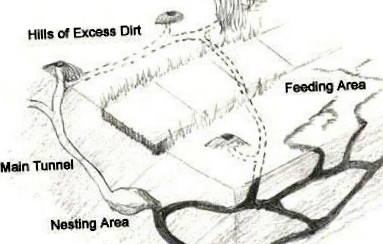
With this special adaptation, moles are able to stay underground in low-oxygen environments for long periods and can even reuse air that they’ve exhaled. When moles dig, they use their front limbs to clear away dirt. Some have compared their digging motion to a human swimmer doing the breaststroke. As the mole clears away dirt with its front paws, the dirt collects behind the animal in the tunnel. Periodically as a mole digs, it will turn around and use its large front paws to push this excess dirt back out the entrance to the tunnel – this is how molehills are formed.
Molehills
Moles aren’t the only animals that make molehills as they dig, but they did give these dirt mounds their name. Molehills are made of the waste dirt that’s excavated as tunnels are dug, so they’re usually always right at the entrance to any mole tunnel. That said, moles don’t always create molehills when they dig – in areas where the soil is rocky or heavily rooted, molehills are less common. Molehills are usually quite small, but their size depends on the mole species that made them. For example, the European mole is known to occasionally create massive molehills that can contain entire tunnel networks within them. Some reports say that each of these molehills can contain more than 1,500 pounds of soil.
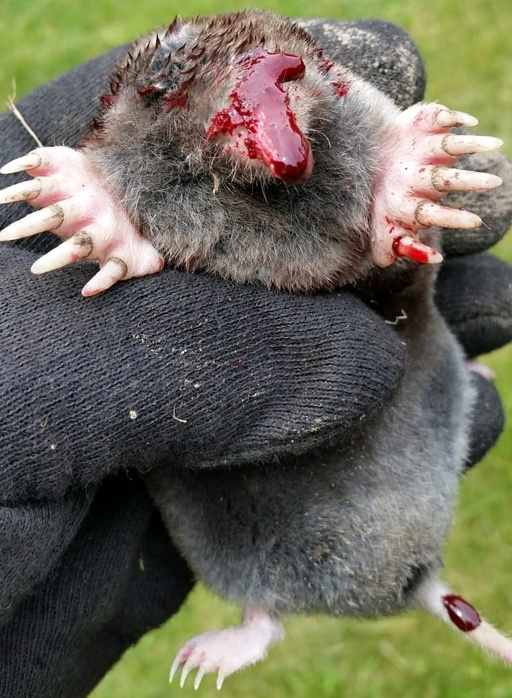
Molehills can cause damage to landscaping and crops. The piled up dirt is enough to kill grass and suffocate or damage budding plants. For farmers, large concentrations of molehills can reduce the eventual yield of planted crops and even damage agricultural equipment. That said, the soil which molehills are made of is usually extremely fertile – some people even use it as potting soil.
Mole Tunnels
Mole tunnels can be quite extensive. They will often dig a large network of permanent tunnels that are anywhere from a foot to 15 feet underground. Within these permanent tunnels, moles will construct separate areas for sleeping, nesting, food storage, and waste. Moles spend almost all their time in these tunnels.
Moles can’t move very fast above ground, so they usually get around by digging temporary tunnels at very shallow depths. These tunnels are sometimes known as mole runs and are often visible from the above ground since they aren’t very deep. They appear as small trails of pushed up soil.
Moles will often use their shallow tunnels to capture earthworms, their favorite food. Moles will wait for worms to fall into the tunnels and are able to sense when they do by using their acute hearing. They will then quickly eat or capture the worm. Mole tunnels and mole runs also cause their share of problems. While moles don’t usually eat plants or roots, their extensive tunnels can damage plant roots and allow easy access for other plant-eaters.

Mole tunnels can also disturb young plants by dislodging them and drying out their root systems. Mole tunnels can also easily damage irrigation or sprinkler systems. If mole tunnels are very shallow, they can collapse and result in dangerous holes and ruts where humans and animals can easily get injured.
Select Your Animal

Raccoons
Raccoon Removal Information & How-To Tips
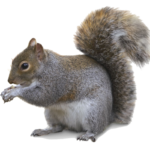
Squirrel
Squirrel Removal Information & How-To Tips
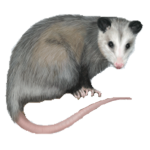
Opossum
Opossum Removal Information & How-To Tips
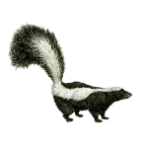
Skunks
Skunks Removal Information & How-To Tips
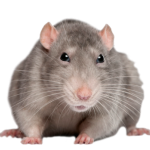
Rats
Rat Removal Information & How-To Tips
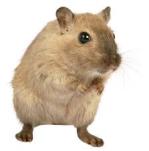
Mouse
Mouse Removal Information & How-To Tips
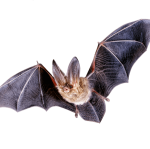
Bat
Bat Removal Information & How-To Tips

Bird
Bird Removal Information & How-To Tips
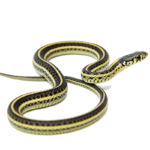
Snake
Snake Removal Information & How-To Tips
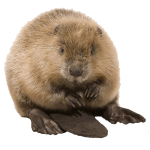
Beaver
Beaver Removal Information & How-To Tips
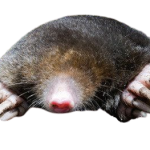
Mole
Mole Removal Information & How-To Tips
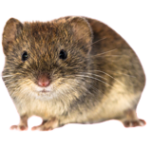
Vole
Vole Removal Information & How-To Tips

Gopher
Gopher Removal Information & How-To Tips
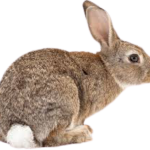
Rabbit
Rabbit Removal Information & How-To Tips
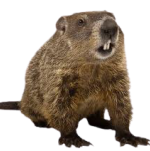
Woodchuck
Woodchuck Removal Information & How-To Tips
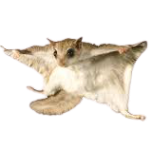
Flying Squirrel
Flying Squirrel Removal Information & How-To Tips
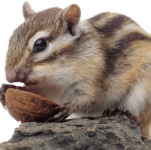
Chipmunk
Chipmunk Removal Information & How-To Tips
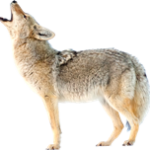
Coyote
Coyote Removal Information & How-To Tips

Fox
Fox Removal Information & How-To Tips

Wild Hog
Wild Hog Removal Information & How-To Tips
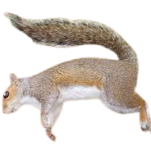
Dead Animal
Dead Animal Removal Information & How-To Tips